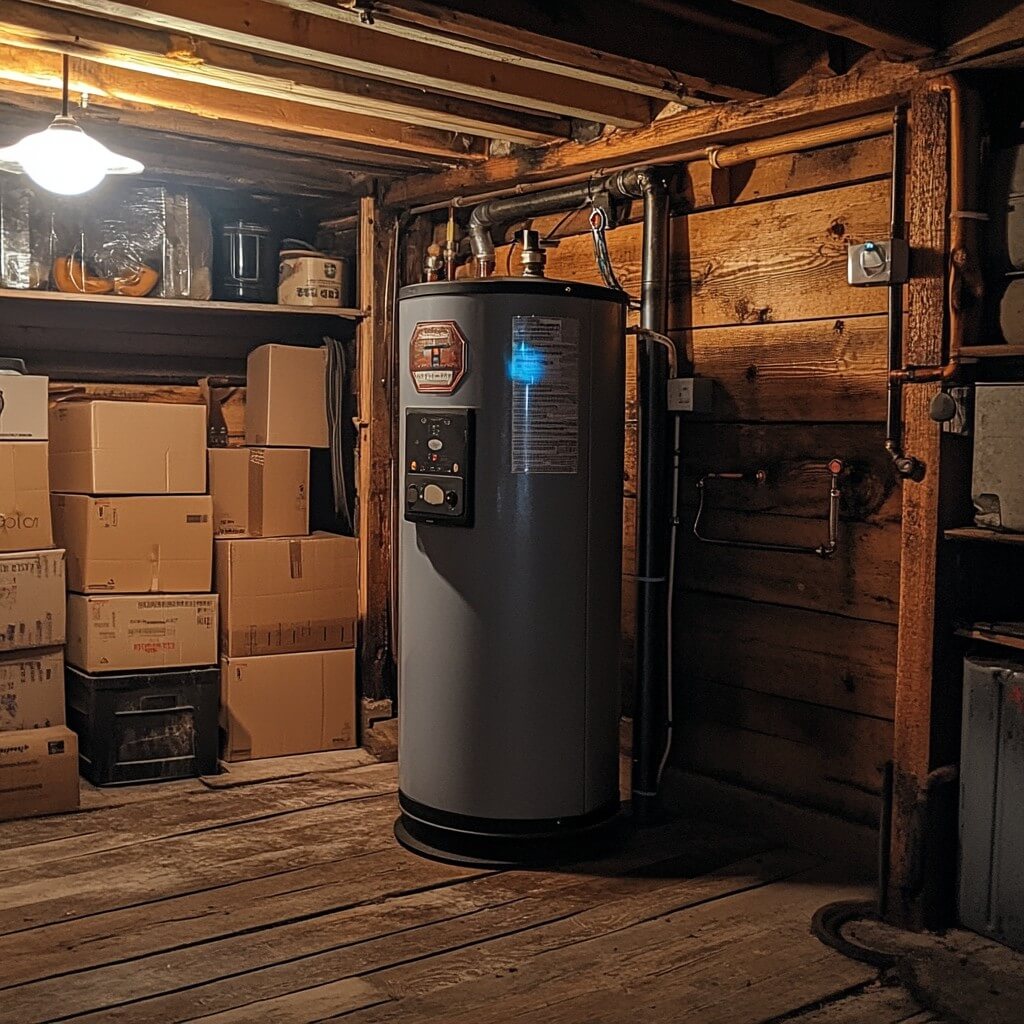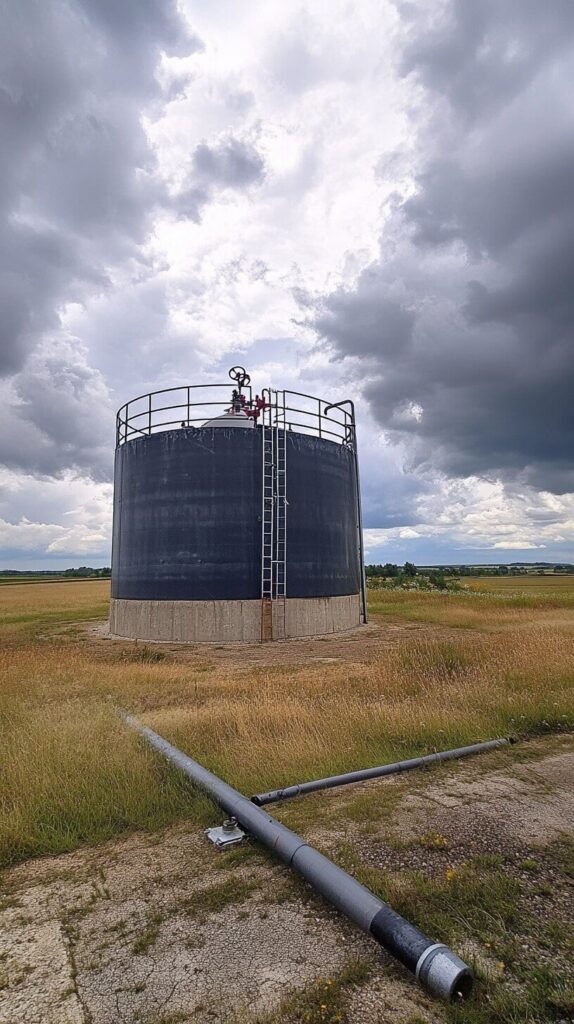How to Choose the Right Water Tank Cleaning Service: Key Factors to Consider
Having a clean water tank isn’t just about convenience—it’s essential for maintaining your health and well-being.
Over time, tanks can collect dirt, algae, bacteria, and other harmful contaminants that compromise water quality. Whether you’re a homeowner or a business owner, selecting the right water tank cleaning service, such as those offered by Safe H2O, is crucial to ensuring your water supply remains safe and clean.
This comprehensive guide answers the most common questions, provides detailed advice, and equips you with all the tools you need to make an informed choice.

Common Concerns About Water Tank Cleaning Services
If you’re exploring water tank cleaning services, you might have questions like:
- How often should I clean my water tank?
- How do I know if a company is trustworthy?
- What’s the cleaning process, and is it safe for my family or business?
- Are eco-friendly cleaning options available?
- How much should I budget for this service?
These are all valid concerns, and addressing them thoroughly will help you select a reliable service provider.
Let’s break down each aspect step by step.
Why Regular Water Tank Cleaning Matters
Over time, water tanks collect debris, sediment, and contaminants like bacteria and algae.
If left uncleaned, this can lead to:
- Health risks: Contaminated water can cause gastrointestinal issues, skin irritation, and even long-term health problems.
- Bad odors and taste: Stagnant water can develop an unpleasant smell and taste.
- Damage to the tank: Buildup can weaken the tank structure, causing leaks or cracks.
Real-life story: A friend of mine noticed her family started experiencing frequent stomach issues.
After investigating, she discovered her overhead water tank hadn’t been cleaned in years.
A thorough cleaning solved the problem, and her family’s health improved almost immediately.
Understanding the Cleaning Process
Knowing how your tank will be cleaned can give you confidence in the service you choose.
Most professional water tank cleaning services follow a multi-step process:
- Draining the tank: The tank is emptied completely to allow access to its interior.
- Scrubbing and sludge removal: Manual or mechanized tools are used to scrub walls and remove sludge.
- High-pressure jet cleaning: High-powered jets ensure all contaminants are washed away.
- Vacuuming residual waste: Industrial vacuums remove remaining water and debris.
- Disinfection: Non-toxic disinfectants are applied to eliminate bacteria, algae, and mold.
- Final rinse: The tank is rinsed thoroughly to ensure no cleaning chemicals remain.
When speaking to a service provider, ask them to explain their specific process and what safety measures they follow.
Key Factors to Consider When Choosing a Service
Experience and Expertise
Not all tanks are created equal. Underground, rooftop, and industrial tanks each have unique cleaning needs.
Choose a company with:
- Years of experience: This often indicates they’ve handled a variety of situations.
- Specialized knowledge: For example, if you have a plastic tank, their cleaning approach should differ from that for a concrete tank.
Example: My neighbor hired a general handyman to clean his water tank, but the lack of specialized knowledge led to damage.
After switching to an experienced professional, the tank was cleaned properly without any harm.
Certifications and Licenses
Professional cleaning companies should hold certifications that prove their adherence to safety and hygiene standards.
These might include:
- Environmental safety certifications.
- Confined space entry training for staff.
- Water quality management certifications.
Transparency and Communication
A trustworthy service provider will:
- Clearly explain their cleaning process.
- Provide a detailed breakdown of costs.
- Answer all your questions without hesitation.
Use of Modern Equipment
Modern cleaning methods, like mechanized cleaning with high-pressure jets, are more effective than manual scrubbing alone.
Ask the company about their tools and techniques.
How to Compare Costs Without Compromising Quality
The price of water tank cleaning depends on factors like tank size, location, and the cleaning method used.
While affordability is important, don’t automatically choose the cheapest option.
Low-cost services may cut corners, leaving your tank inadequately cleaned.
Request Multiple Quotes
Reach out to at least three providers and request detailed quotes that include:
- Cleaning and disinfection.
- Tank inspection (if offered).
- Additional charges for special services (e.g., eco-friendly cleaning solutions).
Evaluate Value Over Price
A slightly more expensive service that offers warranties or uses better cleaning methods is often worth the extra cost.
Importance of Customer Reviews and Testimonials
Customer feedback can give you a clear picture of what to expect. Look for:
- Google reviews: Check overall ratings and read specific comments about punctuality, thoroughness, and professionalism.
- Social media mentions: Many people share detailed experiences on platforms like Facebook or Instagram.
- Word-of-mouth recommendations: Ask friends, family, or neighbors for their experiences.
Tip: Be cautious of companies with only glowing reviews—sometimes, these can be fabricated. Look for a mix of feedback, focusing on how they handle complaints.

Eco-Friendly and Chemical-Free Cleaning Options
If you’re concerned about the environment or your family’s exposure to harsh chemicals, ask the company about eco-friendly cleaning options.
Many services now use:
- Biodegradable cleaning agents: Safe for both your water tank and the environment.
- Steam cleaning: A chemical-free method that uses high-temperature steam to kill bacteria and algae.
Scheduling and Accessibility
Availability
Water tank cleaning services often get busy during certain seasons, such as after monsoon rains or during hot summers.
Plan ahead to secure your preferred time slot.
Response Time
In emergencies, like a sudden contamination, quick response matters.
Choose a provider that offers prompt service and emergency support.
Safety Protocols to Look For
Since water tank cleaning involves confined spaces and potential health hazards, ensure the company prioritizes safety.
- Protective gear for workers: Gloves, masks, and suits to prevent exposure to harmful substances.
- Emergency procedures: In case of accidents during cleaning.
- Minimal water wastage: Companies should use techniques that conserve water.
Conclusion
Choosing the right water tank cleaning service doesn’t have to be overwhelming.
By prioritizing experience, transparency, and safety, you can find a provider that meets your needs and keeps your water safe.
If you found this guide helpful, share it with someone who might need it.
Clean water is a basic necessity—let’s make sure everyone has access to it!